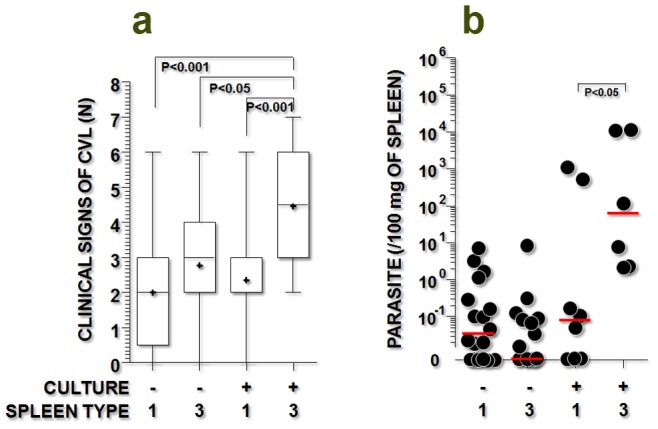Figure 2. Clinical signs of visceral leishmaniasis and parasite burden in dogs with active (positive spleen culture) or quiescent (negative spleen culture) infection by Leishmania infantum, with different levels of disorganization of the splenic white pulp.

a) frequency of clinical signs associated with visceral leishmaniasis (alopecia, anemia, conjunctivitis, dermatitis, emaciation, lymphadenopathy, and onychogryphosis); b) parasite burden in the spleen, as estimated by qPCR (see details in the text). The spleen types include spleen type 1 (organized) and type 3 (moderately to severely disorganized). The Kruskal-Wallis statistical test was used.
